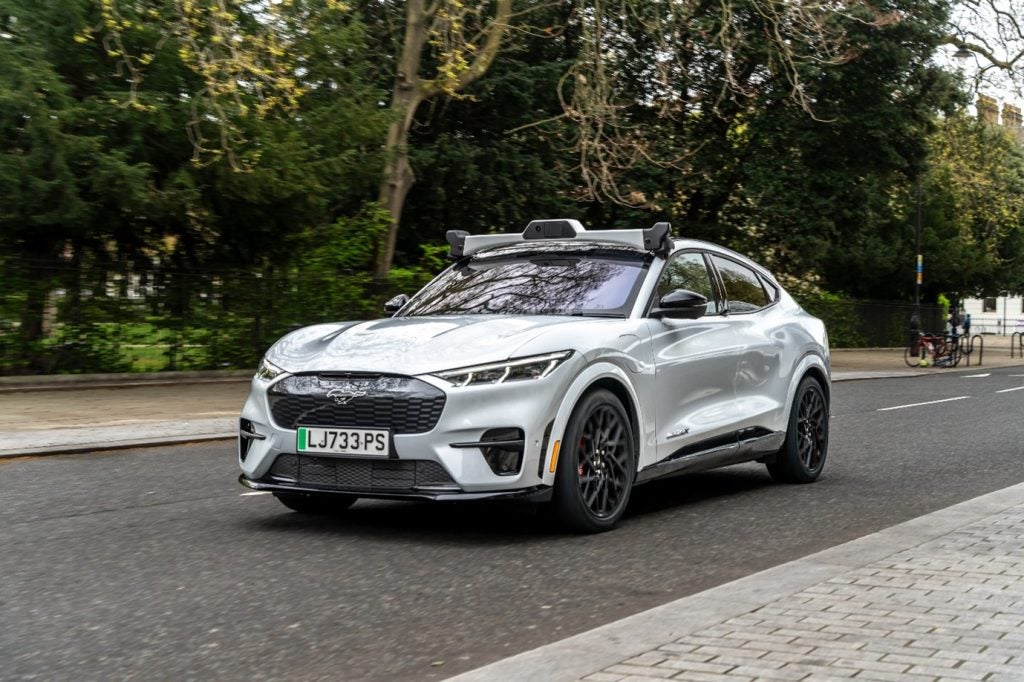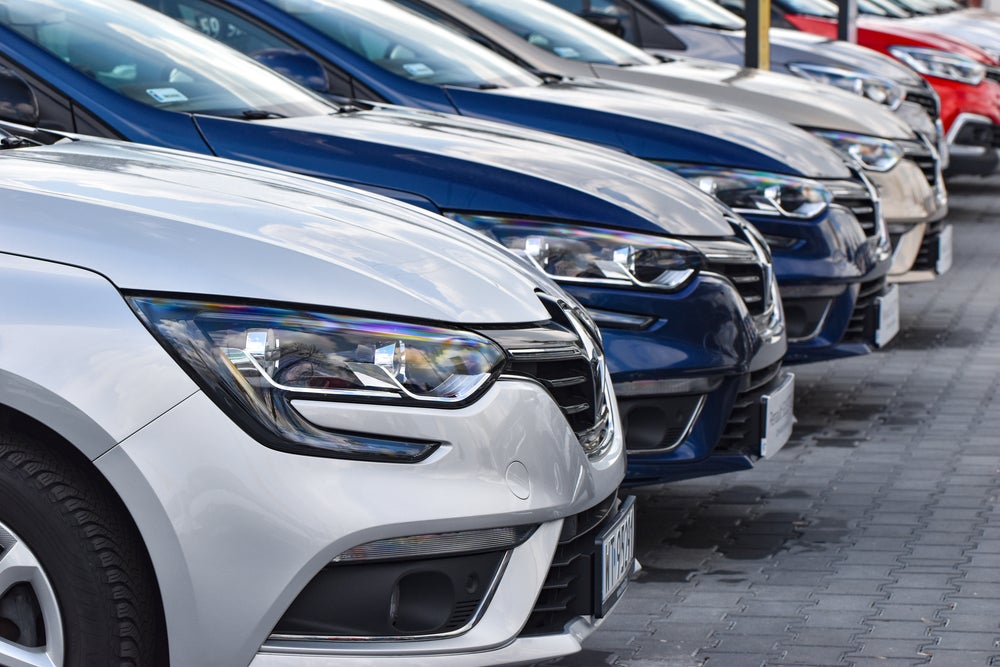UK insurers are offering to handle the complications of insuring the first automated cars behind the scenes, meaning consumers should notice hardly any difference to the current system of motor insurance.
Responding to the Department for Transport's consultation on how to support developing automated vehicle technologies, the joint paper from the Association of British Insurers (ABI) and industry body Thatcham Research said:
- Drivers should continue to buy a single motor insurance policy to cover both manual and automated driving
- Insurers should have a new legal right to recovery, allowing them to get costs back from motor manufacturers, software companies or other parties in cases where the vehicle or technology was found to have been at fault.
- Strict rules on what people can and cannot do behind the wheel need to be maintained and drivers will need absolute certainty about when they can safely allow the car to drive autonomously.
There are already cars offering Advanced Driver Assistance Systems (ADAS) such as emergency braking and lane assistance available but these should not be confused with automated vehicles, which can drive themselves under the safest conditions and could be on the roads as early as 2021. Insurers want road users to feel confident that, if these vehicles are involved in an accident, no-one will be treated any differently than if the vehicle was being driven manually.
The ABI argues an alternative option, involving drivers having to arrange a separate product liability policy for the times they are using automated driving modes, would be too complicated and risk leaving road accident victims without enough cover.
The paper also points out that good procedures for collecting and sharing data need to be agreed so people involved in accidents get compensation and help without delay. The UK government is currently involved in international negotiations related to this at a UN level.
James Dalton, director of general insurance policy at the ABI, said: "Insurers wholeheartedly support the development of automated vehicles, which have the potential to revolutionise road safety. With these proposals insurers are showing their commitment to the new technology, and to ensuring that anyone injured in a road accident continues to get quick and easy access to help and support, as they do at the moment.
How well do you really know your competitors?
Access the most comprehensive Company Profiles on the market, powered by GlobalData. Save hours of research. Gain competitive edge.

Thank you!
Your download email will arrive shortly
Not ready to buy yet? Download a free sample
We are confident about the unique quality of our Company Profiles. However, we want you to make the most beneficial decision for your business, so we offer a free sample that you can download by submitting the below form
By GlobalData"Motor manufacturers share our goal of reducing deaths and injuries on the roads. When an automated vehicle or piece of software causes an accident it is important insurers can recover costs from the companies involved so that vehicle owners are protected from any upward pressure on the cost of motor premiums."
Peter Shaw, chief executive of Thatcham Research, said: "Building driver confidence is at the heart of this consultation paper, so keeping things simple and clear is paramount. Similarly, there is still much work to be done by legislators and the automotive industry to give drivers absolute clarity and confidence around what automated driving systems are capable of doing and under what circumstances they can be used.
"We would advocate geo fencing and restricting automated driving to specific roads, introducing a testing regime to assess automated driving systems to ensure they can handle road scenarios safely and, in the unfortunate case of there being an accident, ensuring it is clear to everyone whether the car was operating in automated mode or not."







